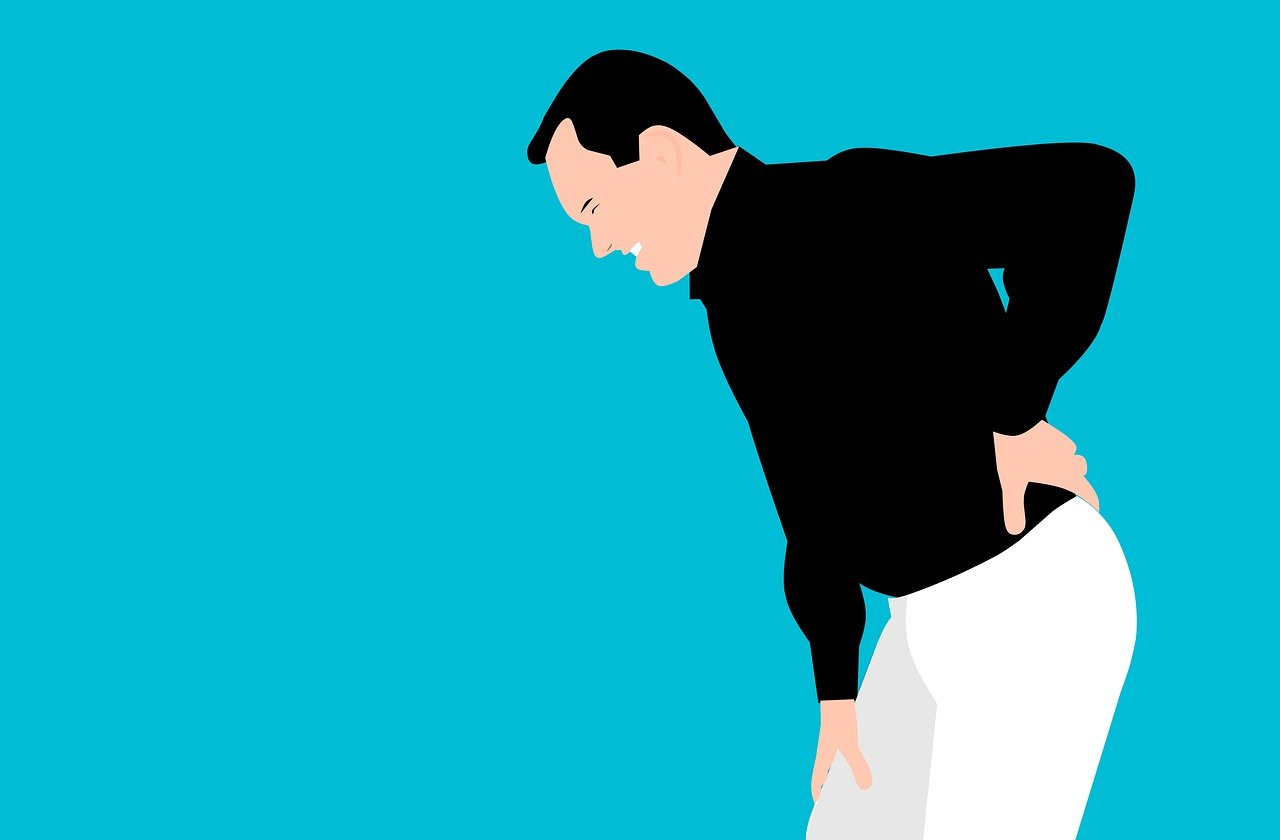
Are you tired of waking up with aching shoulders from sleeping on your arm? If so, you’re not alone. Many people struggle with shoulder pain caused by the pressure and strain applied to their arms while they sleep. But don’t worry, there are simple and effective ways to relieve this discomfort. In this article, we will explore various techniques and tips that can help alleviate shoulder pain and ensure you wake up refreshed and pain-free. Whether you’re a side sleeper or prone to tossing and turning during the night, these solutions are designed to provide you with much-needed relief. Say goodbye to those restless nights and say hello to rejuvenating sleep!

Causes of Shoulder Pain from Sleeping on Your Arm
Positioning of the Arm
One common cause of shoulder pain from sleeping on your arm is the positioning of the arm itself. When you sleep with your arm under your head or body, it can put excessive pressure on the shoulder joint, leading to discomfort and pain. The awkward angle can also compress the nerves in the shoulder, resulting in numbness, tingling, or a pins-and-needles sensation.
Pressure on the Shoulder
Another factor that can contribute to shoulder pain is the pressure applied to the shoulder while sleeping on your arm. Whether it’s the weight of your body or the surface you’re sleeping on, excessive pressure on the shoulder can cause pain and discomfort. This pressure can lead to irritation or inflammation of the surrounding tissues and joints, resulting in shoulder pain.
Restricted Blood Flow
Sleeping on your arm can sometimes lead to restricted blood flow, which can cause shoulder pain or discomfort. When the arm is in an unnatural position for an extended period, it can compress blood vessels and prevent proper circulation. Without adequate blood flow, the muscles and tissues in the shoulder may not receive the necessary oxygen and nutrients, leading to pain and stiffness.
Preventing Shoulder Pain from Sleeping on Your Arm
Choosing the Right Sleeping Position
To prevent shoulder pain from sleeping on your arm, it’s essential to choose the right sleeping position. Ideally, you should sleep on your back or side, as these positions distribute your body weight evenly and reduce pressure on specific areas, such as your shoulder. Avoid sleeping on your stomach, as it can twist your shoulder and put unnecessary strain on the joint.
Using a Supportive Pillow
Using a supportive pillow can make a significant difference in alleviating shoulder pain. Look for a pillow that fills the gap between your head and shoulder, providing adequate support and keeping your spine aligned. Memory foam or contoured pillows are often recommended, as they conform to the shape of your shoulder and provide optimal comfort and support.
Adjusting the Mattress
An unsupportive or sagging mattress can contribute to shoulder pain when sleeping on your arm. If your mattress is too soft or worn out, it may not properly support your body, leading to misalignment and increased pressure on your shoulder. Consider investing in a firmer mattress or adding a mattress topper for better support and comfort.

Stretches and Exercises to Relieve Shoulder Pain
Shoulder Rolls
Shoulder rolls are a simple and effective stretch to relieve tension and pain in the shoulder. Start by sitting or standing with good posture. Roll your shoulders forward in a circular motion, making large circles with your shoulders. Repeat this motion several times, and then reverse the direction, rolling your shoulders backward. This exercise helps to improve flexibility and blood flow in the shoulder joint, promoting pain relief.
Arm and Shoulder Stretches
Stretching your arms and shoulders can help alleviate muscle tightness and reduce shoulder pain. Stand with your feet shoulder-width apart and extend one arm straight across your chest, using your other arm to gently pull it closer to your body. Hold the stretch for 15-30 seconds, then switch arms. You can also do overhead stretches by clasping your hands together and reaching them towards the ceiling, feeling a gentle stretch in your shoulders and upper back.
Pendulum Exercise
The pendulum exercise is an excellent way to improve shoulder mobility and alleviate pain. Stand next to a sturdy object, such as a table, and lean forward, placing your unaffected hand on the table for support. Let your affected arm hang freely by your side. Gently swing your arm in small circular motions, clockwise and counterclockwise. Gradually increase the size of the circles as you feel more comfortable. This exercise helps to loosen up the shoulder joint and increase range of motion.
Applying Heat and Cold Therapy for Shoulder Pain Relief
Heating Pads or Warm Compresses
Applying heat to your shoulder can help relax muscles, increase blood flow, and reduce pain. Use a heating pad set on low or a warm compress and apply it to your shoulder for 15-20 minutes at a time. Avoid using excessive heat, as it can cause burns or skin irritation. Heat therapy can be particularly beneficial for shoulder pain caused by muscle tension or stiffness.
Ice Packs or Cold Compresses
In cases where shoulder pain is accompanied by inflammation or swelling, applying cold therapy can provide relief. Use an ice pack or a cold compress wrapped in a thin cloth and apply it to your shoulder for 15-20 minutes at a time. This can help reduce inflammation, numb the area, and alleviate pain. Be sure to use a barrier, such as a cloth or towel, to protect your skin from direct contact with the cold pack.

Taking Over-the-Counter Pain Medications
Nonsteroidal Anti-inflammatory Drugs (NSAIDs)
If your shoulder pain persists and is causing significant discomfort, you may consider taking over-the-counter pain medications. Nonsteroidal anti-inflammatory drugs (NSAIDs), such as ibuprofen or naproxen, can help reduce pain, inflammation, and swelling in the shoulder. Follow the instructions on the packaging and consult a healthcare professional if you have any underlying medical conditions or are taking other medications.
Acetaminophen
Acetaminophen is another over-the-counter option for managing shoulder pain. It works by reducing pain signals in the brain and can help alleviate mild to moderate shoulder pain. However, it is essential to follow the recommended dosage and avoid exceeding the daily limit. If your pain persists or worsens, consult a healthcare professional for further guidance.
Seeking Professional Help for Persistent Shoulder Pain
Consulting a Doctor or Orthopedic Specialist
If your shoulder pain persists or becomes severe, it is advisable to consult a doctor or orthopedic specialist. They can assess your condition, determine the underlying cause of your shoulder pain, and provide appropriate treatment options. They may recommend further diagnostic tests, such as X-rays or MRI scans, to evaluate the extent of any potential damage or identify underlying conditions that require specific treatment.
Physical Therapy
In cases of persistent shoulder pain, a healthcare professional may recommend physical therapy. A qualified physical therapist can assess your range of motion, strength, and flexibility and develop a personalized treatment plan to address your specific needs. Physical therapy may involve exercises, stretches, massage, or other modalities to relieve shoulder pain, improve function, and prevent future injuries.
Utilizing Massage Techniques to Alleviate Shoulder Pain
Self-Massage
Self-massage techniques can be effective in reducing muscle tension and relieving shoulder pain. Use your opposite hand to apply gentle pressure to the affected area in circular or kneading motions. You can also use a foam roller or tennis ball against a wall to target specific trigger points or tight muscles in the shoulder. Regular self-massage can help relax the muscles, improve blood flow, and reduce pain and discomfort.
Professional Massage Therapy
For more persistent or severe shoulder pain, seeking professional massage therapy can provide relief. A licensed massage therapist trained in treating shoulder and upper body issues can target specific muscles, release knots, and improve overall circulation. They can use various techniques, such as deep tissue massage, trigger point therapy, or myofascial release, to address your specific shoulder pain concerns.
Using Supportive Devices to Reduce Shoulder Pain
Shoulder Braces or Slings
In cases of acute injury or severe shoulder pain, using a shoulder brace or sling can help stabilize the shoulder joint and alleviate strain. These supportive devices provide compression, restrict movement, and promote proper alignment of the shoulder. However, it is crucial to consult a healthcare professional before using any supportive device to ensure proper usage and prevent further injury.
Orthopedic Pillows
Orthopedic pillows can provide excellent support and help reduce shoulder pain while sleeping. These pillows are specifically designed to promote proper alignment of the head, neck, and shoulders, reducing pressure on the affected area. Look for pillows with contoured or memory foam designs that conform to your body shape and provide the necessary support for a comfortable and pain-free sleep.
Addressing Underlying Shoulder Conditions
Tendonitis
Tendonitis, an inflammation of the tendons in the shoulder, can cause persistent shoulder pain. If you suspect tendonitis, it is essential to rest the affected shoulder and avoid activities that exacerbate the pain. Apply cold therapy to reduce inflammation and follow up with a healthcare professional for a proper diagnosis and treatment plan. They may recommend physical therapy, anti-inflammatory medications, or corticosteroid injections to alleviate the pain and promote healing.
Bursitis
Bursitis, inflammation of the bursae (small, fluid-filled sacs that cushion the joints), can also cause shoulder pain. Resting the affected shoulder, applying ice packs, and avoiding repetitive or overuse movements can provide relief. If symptoms persist, a healthcare professional may recommend medications, physical therapy, or in severe cases, aspiration or corticosteroid injections to reduce inflammation and alleviate pain.
Impingement Syndrome
Impingement syndrome occurs when the tendons in the shoulder become compressed or irritated, leading to pain and limited range of motion. Rest, physical therapy, and avoiding aggravating movements are often recommended. A healthcare professional may also suggest anti-inflammatory medications, corticosteroid injections, or in severe cases, surgical intervention to relieve the impingement and restore proper shoulder function.
Establishing Healthy Sleep Habits
Maintaining a Consistent Sleep Schedule
Establishing a consistent sleep schedule can significantly contribute to reducing shoulder pain from sleeping on your arm. Aim for a regular bedtime and wake-up time to regulate your body’s internal clock. By maintaining a consistent sleep routine, you can improve sleep quality, decrease the chances of waking up with shoulder pain, and promote overall health and well-being.
Creating a Comfortable Sleep Environment
Creating a comfortable sleep environment can also help alleviate shoulder pain. Ensure your bedroom is dark, quiet, and at a comfortable temperature. Use blackout curtains or an eye mask to block out any unwanted light. Invest in a supportive mattress and quality bedding that promotes proper alignment of your head, neck, and shoulders. Additionally, remove any distractions or electronic devices from your bedroom that may interfere with your sleep.
By implementing these preventive measures, stretches and exercises, pain relief techniques, seeking professional help when needed, and establishing healthy sleep habits, you can effectively alleviate shoulder pain from sleeping on your arm. Remember to listen to your body, make necessary adjustments, and consult a healthcare professional for personalized advice and treatment options if your shoulder pain persists or worsens.





